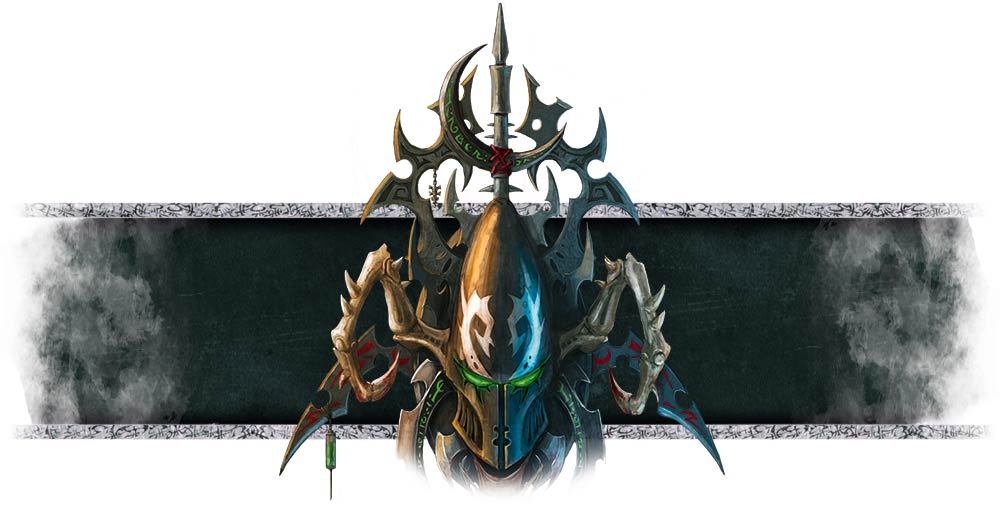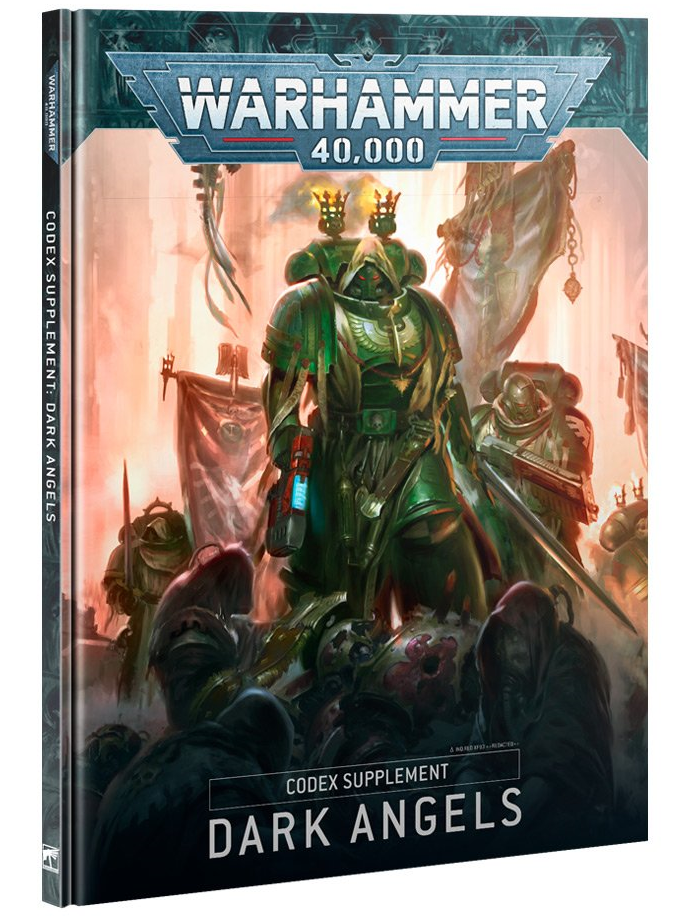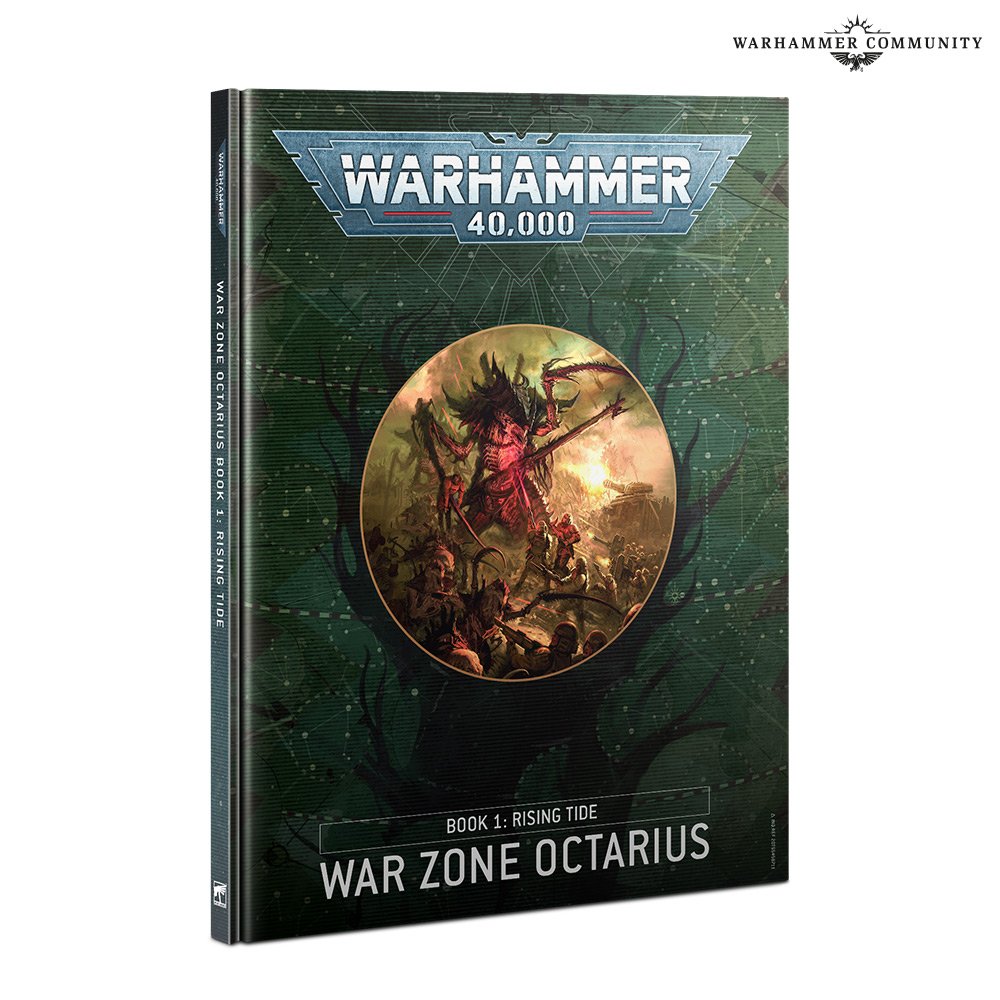As we get closer to a new year beginning, one thing I am trying to get better at is consciously reflecting on the past year and it’s impacts.
This year had a lot of changes in the 40k world but also a lot of trends that persisted through the course of 2021. As 2022 is right around the corner I thought it might be a good idea to look at some of the changes and story lines that carried through 2021.
New Releases:
Strange as it may sound, the first army to receive an update this year was the Death Guard codex in January. While they have now quietly slumped off the top tables, early in 2021 the release brought the promise of Mortarion and his three warlord traits wrecking havoc. Part of the reason for this book quickly being forgotten was due to the power level of the following codexes. The first to appear were the Dark Angels with their perma-transhuman Deathwing and omnipresent Talonmasters.
Then came the Drukhari. I have to give credit to GW for embracing a very atmospheric approach to the design of the Drukhari codex as these releases rarely go so far as the DE in making you feel part of the story. While they skipped the dismemberment, I do have a better appreciation of what it feels like to be dominated by a malevolent force whose capricious whims and clear superiority make a mockery of most armies.
GW kept the hits rolling with the Ad Mech codex in May (quite the back to back release) and the Soroitas in June. This reflected the more consistent theme of 2021 as the various releases typically waffled between amazing/broken and okay/mediocre. The Grey Knights release in August didn’t immediately subsume the meta, and the Thousand Sons (also released in August) have struggled a bit to make headway through the other armies. The Orks were the latest 1000lb gorilla to enter the scene causing no end of consternation shortly after landing in September.
It’s still too early to fully judge the impact of the Black Templars but they don’t seem to have been able to make much headway against the established lists. While we have yet to see the Custodes codex, the early rumors imply that they aren’t going to be too dominating but at this stage that means absolutely nothing. Even if they aren’t on the same tier as Orks they can still have a big impact if they match up well against certain builds.
Another major theme in 2021 was the appearance of Armies of Renown. The first of these armies appeared in March with the Cult of Strife, Defense Cohort and Terminus Est making varying levels of impact. This new method of releasing rules is interesting as it reflects some of the fears players have about the old GW habits: multiple rulebooks needed to play a single army, unbalanced army rules that tip the meta on it’s ear. It is almost humerus to note that latter of these problems was almost avoided as the main codexes were so over-powered, however the release of the Competitive edge, Razorflail Succubus gave people plenty to gripe about. Since this release, the armies of renown have been more tame and it will be interesting to see if they will operate as mainly narrative formations or if some can crack the top tables. In particular the Cult of Speed and the Kill Team Strikeforce seem to mesh narrative army feel and competitive ability nicely.
Competitive Landscape:
In many ways the year has played fairly consistently, especially in terms of well-known players occupying their usual spots. Every year it seems more are added to the pile and this year there are number of new faces (a shout out to Anthony Vanella who I had the privilege of losing to early in the year). It seems some of the biggest themes of the competitive environment (other then ongoing balance issues, which occur almost perennially) has been the return to normalcy and a number of cheating controversies. The first major competitive event of 2021 was the Las Vegas NOpen which was a fun reprieve in a dark time. Since March more and more events in the US and abroad have been appearing and it feels like things are just about back to normal. I think this is also the reason why it feels there have been more cheating scandals too. I doubt there are more of them now then there were in 2019, it’s just that 2020 was so quiet that these events seem more unanticipated. It might also be that it’s part of the growing pains of 40k as it reaps the gains grown during the lock-downs. There has never been a better time to try and make 40k your livelihood but this also carries with it the pressure to perform. This will be one of the more prickly growing pains for the ITC and GW going forward as resolving these issues is important but the ROI doesn’t always match the investment. I will unpack this more in a coming article but it’s something to keep an eye on.
Narrative Gaming:
While the army supplements might have bedeviled competitive players the avalanche of army crusade missions and rules has delighted narrative players. GW has released 5 crusade supplements ins 2021 each with a set of missions, campaign rules and special crusade upgrades. While it can be clunky, the crusade system opens up so many options for campaigns that is overwhelming even to think about. One concern I have going forward will be how GW balances army flavor with the needs of small campaign groups. Both the Ork and Grey Knights codex have fun rules but elements of their rules require your opponent to field certain armies or certain units. I do worry that these types of ideas might be best saved for certain missions rather then overall crusade rules.
And remember, Frontline Gaming sells gaming products at a discount, every day in their webcart!







